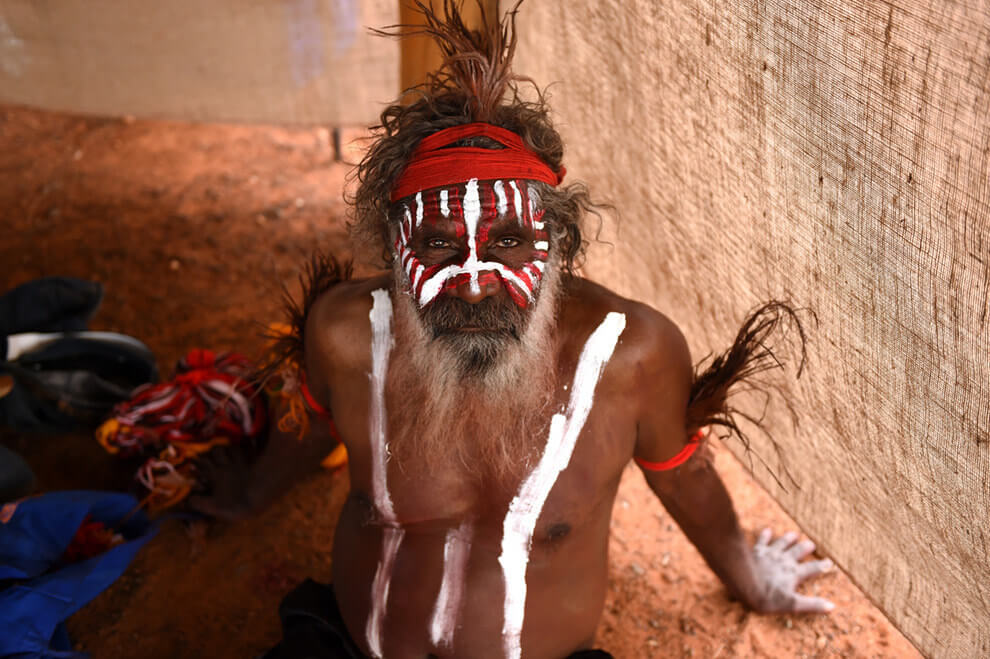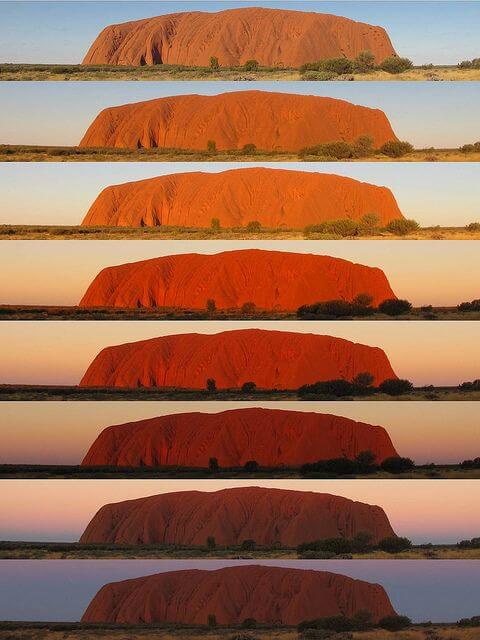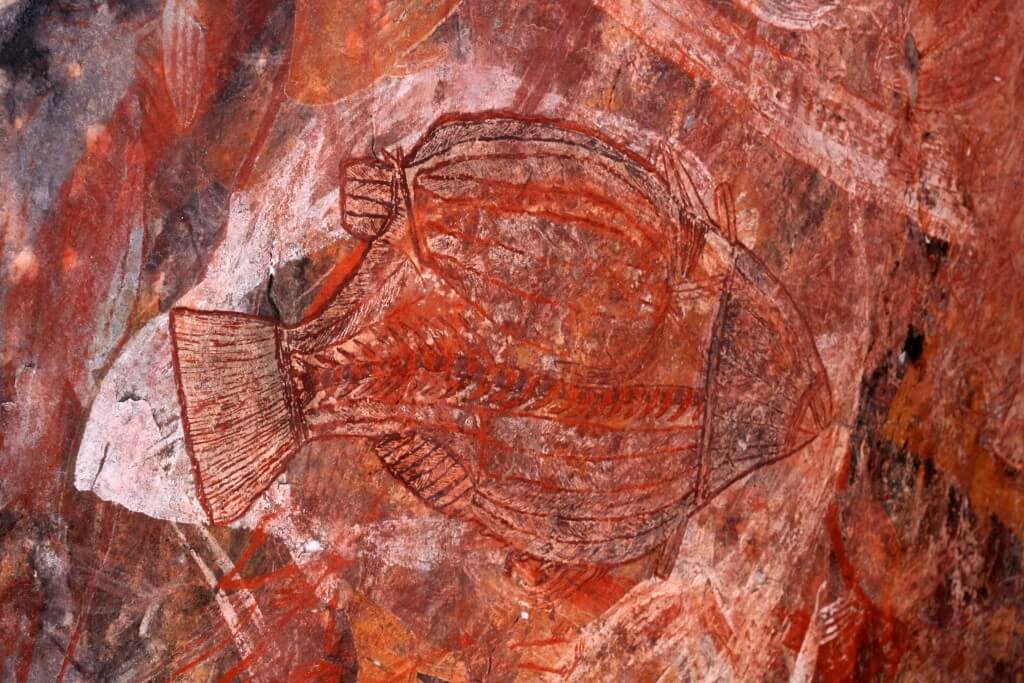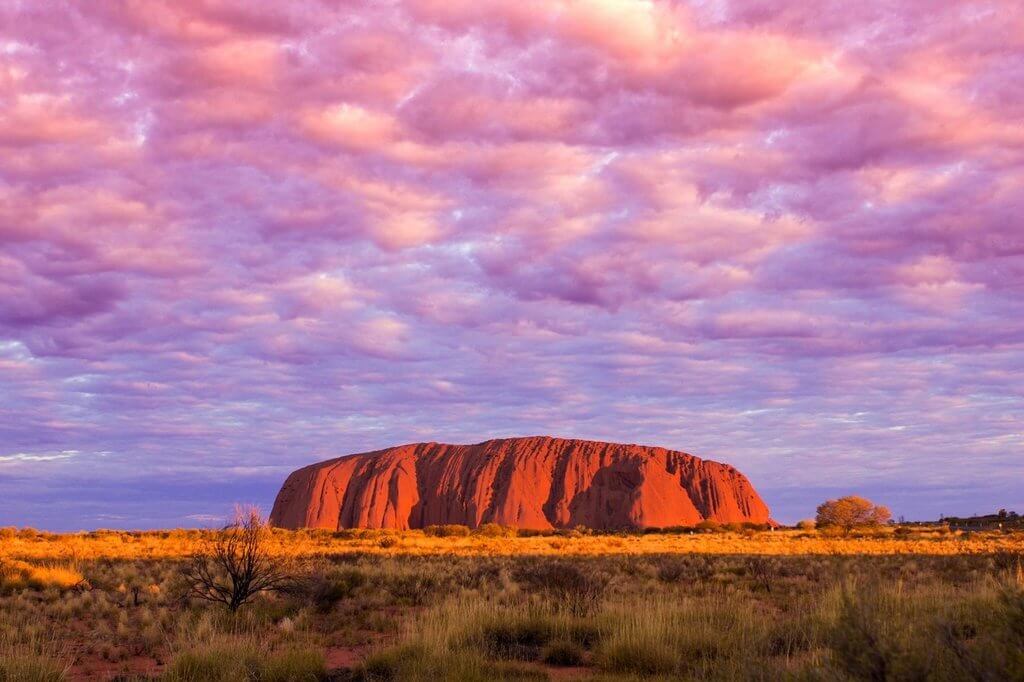Have you ever wondered why Urulu is always red? What gives Uluru its red color? Does it truly change color at a specific time of the day? Or why does it somehow look a bit sacred? Well, you will find the answer in our post.
History Of Uluru

Indigenous Australians have inhabited this site for more than 30,000 years. They devote themselves to preserving Uluru as well as guarding the land.
The early European settlers set foot on this land in 1873. Sir William Gosse found the gigantic rock formation that he called Ayers Rock later.
In 1950 the region earned its National Park status. After that, in 1987, UNESCO put Uluru on the World Heritage List. To show respect, instead of being in charge of the Uluru- Kata Tjuta National Park, the government decided to give the management right to the region’s traditional owners. So, today, the Anangu people as well as Parks Australia jointly managed the Uluru- Kata Tjuta national park.
The Red Color Of The Rock – Why Is Uluru Always Red?

First of all, Uluru actually was not always red. Just like other rocks on Earth, its actual color was grey. The erosion in over 550 million years gave birth to the gigantic red rock we see today. The color on the surface of caves inside the rock still maintains its natural color.
For centuries, the surface of Uluru has been exposed to the oxygen and water in the air. This exposure has gradually deteriorated the rock’s minerals, leading them to oxidize. The outcome of this has been that the iron minerals seen inside the arkose surface are oxidizing which finally caused its red color.
The Change Of Color

You may also have heard that Ayers Rock switches colors throughout the day. Actually, this does occur. But, at the same time, it has no relation to the rock’s mineral makeup.
As the sun moves, its lights mirror the rock from different angles. The lights bounce up from the ground as well as onto the giant rock, creating the delusion it is switching color.
Why Is Uluru Sacred? – Why Is Uluru Always Red?

The Uluru- Kata Tjuta national park is incredibly meaningful to the Anangu tribe. There are more than 40 religious Indigenous spots in the park alone. Some of these spots are not available for tourists. Some ban from taking pictures.
The holiness of Uluru is also in part due to the ancestral souls which the Anangu people assume live here. If you want to learn the culture and history of Indigenous Australians, Uluru- Kata Tjuta National Park is the right place for you.
Related Posts You Can Read:
5 Great Myths Surrounding Uluru, Australia
